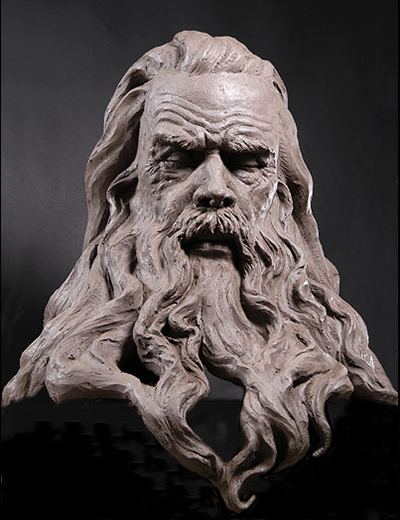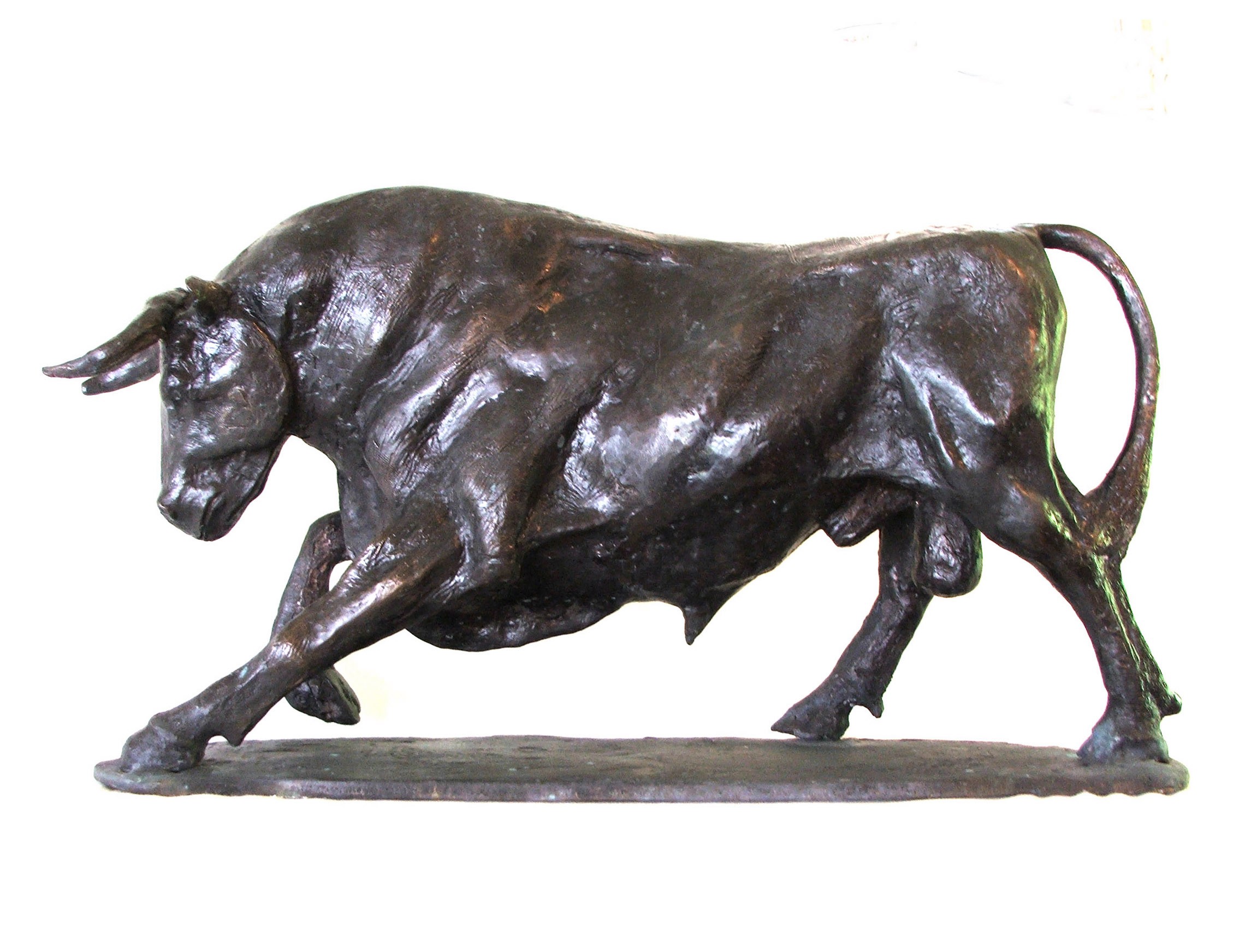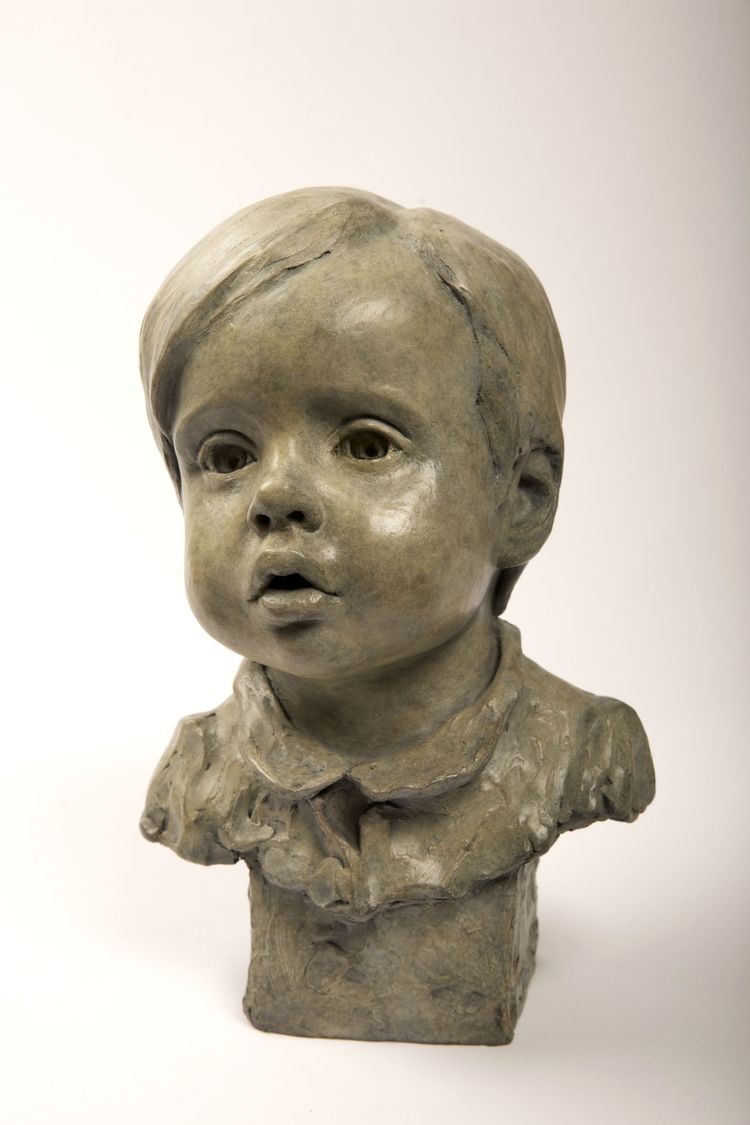Shaping the Human Type: Representations of the Body in Sculpture
Forming the Human Kind: Representations of the Body in Sculpture is a thorough expedition of the imaginative depiction of the human body throughout history. This event looks into the various methods, styles, and cultural viewpoints that have actually formed the method artists have portrayed the human type in sculpture. From the charming marble sculptures of ancient Greece to the detailed masterpieces of the Renaissance, from the flamboyant and luxuriant Baroque and Rococo sculptures to the avant-garde and abstract expressions of contemporary and contemporary sculpture, this exhibit uses an exciting trip with the development of this timeless art kind - Equine Sculptures. By taking a look at the diverse interpretations and representations of the body, visitors will get a much deeper understanding of the artistic, cultural, and societal impacts that have shaped our understanding of the human kind.
Old Greek Sculptures

One of the defining qualities of Ancient Greek sculptures is their focus on proportion. Each component of the body is meticulously crafted to be in proportion to the whole, producing a sense of equilibrium and consistency. The carvers paid mindful focus to every information, from the positioning of muscular tissues to the positioning of arm or legs, ensuring that each figure appeared both effective and elegant.
The Greeks also valued the concept of idealized beauty. Rather than portraying the imperfections and defects of the human type, they sought to create an idealized version of fact. The sculptures often depicted sirens, athletes, and gods, with their bodies formed to excellence. Robert C Hitchcock Sculptor. This idealized representation of the human kind not only renowned physical beauty however likewise served as a method of inspiring and uplifting the customer.
Renaissance Masterpieces
Continuing the exploration of the portrayal of the human form in sculpture, Renaissance masterpieces additionally fine-tune the idyllic principle of elegance, structure upon the harmonious and in proportion percentages of their Ancient Greek predecessors. During the Renaissance duration, which extended from the 14th to the 17th century in Europe, musicians looked for to revive the classic ideals of ancient Greece and Rome. They studied and imitated the works of the old masters, pursuing a realistic representation of the human body.
His masterpiece, the sculpture of David, exemplifies the excellence and elegance that ended up being associated with Renaissance art. Standing at over 17 feet high, the sculpture portrays the scriptural hero in a state of tranquility before his battle with Goliath.
An additional significant Renaissance carver was Donatello. His sculpture of Saint George, created in the very early 15th century, showcases the artist's ability to communicate toughness and nobility with the human kind. The statuary portrays the famous dragon-slaying saint in a positioned and positive stance, showing a feeling of heroism.
Renaissance work of arts not only commemorated the physical appeal of the human body however also shared deeper definitions and emotions. Via their careful interest to detail and competent workmanship, Renaissance carvers boosted the art of sculpture to new elevations, leaving a lasting legacy that continues to motivate musicians to this day.
Rococo and baroque Sculpture
Baroque and Rococo sculpture exemplifies the elaborate and elegant representation of the human kind during the 17th and 18th centuries. Artists such as Gian Lorenzo Bernini and Alessandro Algardi produced sculptures that communicated activity, often portraying figures in dramatic postures.
Rococo sculpture, on the various other hand, emerged as a reaction to the grandiosity of the Baroque duration. They often represented numbers in sensual and elegant presents, showing the lighthearted and whimsical nature of the Rococo design.
Both Rococo and baroque sculpture put a great emphasis on the human form, celebrating its beauty and sharing a variety of emotions - Contemporary Sculptures. Whether it was the effective and dynamic numbers of the Baroque or the graceful and enchanting numbers of the Rococo, these sculptures captured the significance of the human experience, leaving a long-term effect on the art world
Modern and Contemporary Sculpture
The development of forming the human form proceeds in modern and contemporary sculpture. Modern sculpture emerged in the late 19th century as a feedback to the changing social and political landscape.
In the 20th century, the rise of abstraction and conceptual art brought brand-new opportunities for artists. Artists like Henry Moore and Barbara Hepworth explored the connection in between type and room, developing abstracted and organic figures that tested standard ideas of depiction. Moore's monumental bronze sculptures and Hepworth's carved stone works are celebrated for their innovative use of materials and their capability to evoke a sense of the human body in a non-literal method.
Contemporary sculpture remains to press the borders of depiction and discover brand-new products and methods. Musicians like Antony Gormley and Ron Mueck produce hyper-realistic sculptures that test our understanding of the body, while others, such as Louise Bourgeois and Kiki Smith, utilize the body as a metaphor for personal and collective experiences. The human kind continues to be an effective topic in sculpture, supplying a platform for artists to explore identity, feeling, and the human problem.
Social Viewpoints on the Body

In the exploration of sculpting the human kind, the exam of cultural perspectives on the body exposes a rich and varied tapestry of depictions and analyses. Throughout history, different societies have held unique ideas and values pertaining to the human body, resulting in distinctive imaginative expressions - Robert C Hitchcock Sculptor. These cultural viewpoints form the method the body is depicted and perceived in sculpture, mirroring social standards, spiritual ideas, and aesthetic suitables
For instance, old Greek sculptures commemorated the idyllic human type, emphasizing physical elegance and athleticism. In comparison, ancient Egyptian sculptures focused on the conservation of the body in the immortality, illustrating figures with idealized attributes and stiff postures.
In a similar way, social perspectives on the human body in African art often stress common identity and spiritual ideas (Equine Sculptures). Sculptures from numerous African cultures show the body with exaggerated attributes, symbolizing social values and genealogical connections. Indigenous cultures in the Americas also have one-of-a-kind point of views on the body, commonly portraying it in a spiritual context and stressing the connection between people and nature
The exam of social perspectives on the human body in sculpture permits us to acquire understanding into the worths, ideas, and appearances of different societies throughout background. It highlights the diversity of human experiences and the methods which art reflects and shapes our understanding of the human kind.

Final Thought
Finally, the representation of the human body in sculpture has actually progressed gradually, reflecting various creative motions and cultural point of views. From the idealized numbers of Ancient Greek sculptures to the practical and emotive Renaissance masterpieces, and the elaborate details of Baroque sites and Rococo sculptures, to the abstract and experimental forms of modern-day and contemporary sculpture. The body has been a topic of fascination and creative expedition throughout history, showcasing the varied interpretations and expressions of the human type.
Forming the Human Kind: Representations of the Body in Sculpture is a detailed expedition of the artistic depiction of the human body throughout background. From the splendid marble sculptures of old Greece to the elaborate work of arts of the Renaissance, from the flamboyant and ornate Baroque and Rococo sculptures to the progressive and abstract expressions of modern and contemporary sculpture, this exhibit supplies a captivating trip through the development of this classic art form. Artists like Antony Gormley and Ron Mueck produce hyper-realistic sculptures that test our assumption of the human body, while others, such as Louise Bourgeois and Kiki Smith, use the body as a metaphor for individual and cumulative experiences. The human form stays an effective topic in sculpture, offering a system for artists to explore identity, emotion, and the human condition.
From the idyllic numbers of Old Greek sculptures to the practical and emotive Renaissance masterpieces, and the complex information of Baroque and Rococo sculptures, to the abstract and speculative kinds of modern-day and modern sculpture.